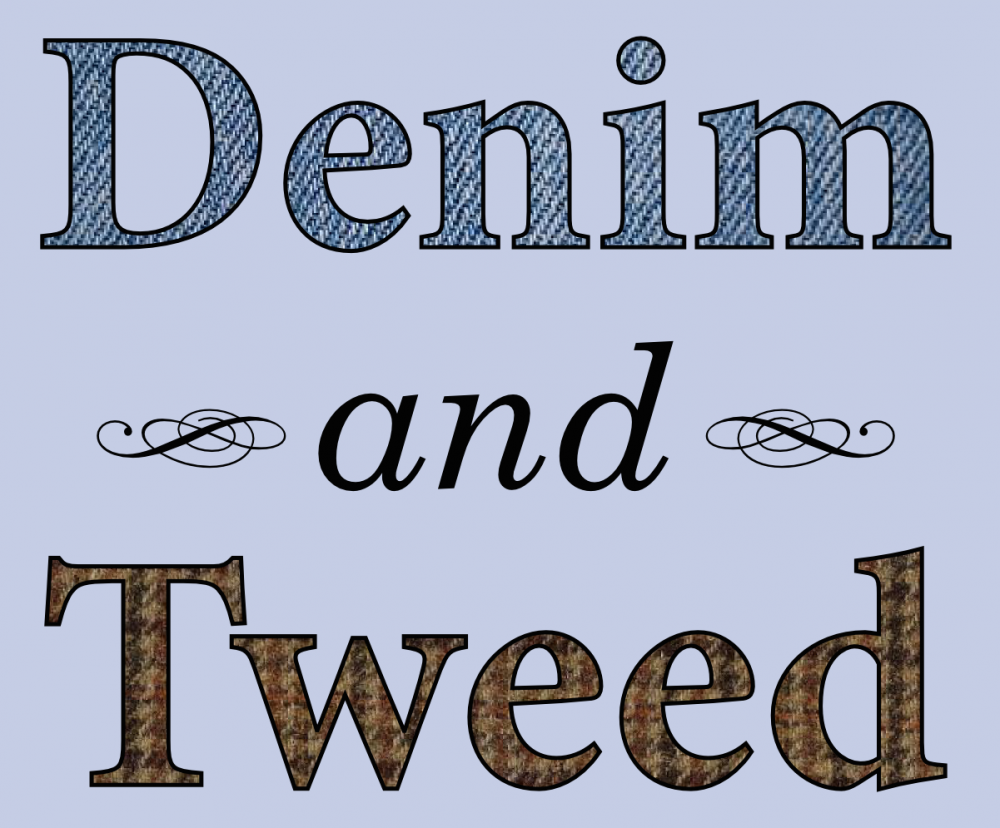 President Obama at a rally in Lima, Ohio, on Friday. Photo via Barack Obama.
President Obama at a rally in Lima, Ohio, on Friday. Photo via Barack Obama.You may have heard that there’s an election happening in the United States today. It’s been ten months of “campaign season” since the early Republican party primary elections in Iowa and New Hampshire, and the two presidential campaigns and their various allies have raised and spent going on two billion (billion!) dollars on advertising and campaigning and probably also consultants’ fees.
This seems like an awfully expensive and inefficient way to choose someone to run a government, which is to say an awfully expensive and inefficient way to work together to decide upon and achieve common goals. Winston Churchill famously noted that democracy is the worst form of government “except all those other forms that have been tried from time to time.” But Churchill was really only talking about democracy in comparsion to other human forms of government. The living world contains all sorts of examples of individuals coordinating their actions for mutual benefit, and none of them need political action committees to do it.
Is there a better approach to group organization somewhere else on the tree of life? Let’s consider a few options:
 Starlings flocking together don’t communicate via attack ads. Photo by t.klick.
Starlings flocking together don’t communicate via attack ads. Photo by t.klick.Flocking: Many animals forage and travel in groups that coordinate their movements. This may be best studied in birds: individuals within the flock watch and react to other nearby individuals, which lets them spend less effort watching for predators [$a] or finding food [$a].
This seems like it might have an obvious application to human government — we’ll just all agree to take our cues from the people nearest us to decide whether we need to subsidize agriculture or preemptively invade an oil-producing nation. Actually, now that I think about it, this sounds pretty much like what we’re doing already.
Dominance hierarchy: Many animals establish some sort of hierarchy within social groups, which decides who gets precedence in conflicts over food, or preference for mates. In wolf packs, for instance, social rank seems to be strongly related to age and reproductive status [$a], with relative ranking mediating food sharing or division of labor within the pack.
 Noble-looking, sure, but no basis for a system of goverment. Photo by Tancread.
Noble-looking, sure, but no basis for a system of goverment. Photo by Tancread.Unfortunately for human governance, dominance within wolf packs is structured by familial relationships — so it’s not going to translate very well for decision making at any level greater than individual precincts, or maybe individual school districts in some of the more rural parts of the country. Which is just as well, because I don’t particularly want to share this elk I’ve just caught. Mmm, elk.
Quorum sensing: Many species of bacteria change their behavior and activity when they’re in big groups [PDF]. To achieve this, individual cells produce signalling molecules at a predictable rate. As they detect more signalling compound, they can “know” that there are more cells of their species nearby, and can begin to do things that only make sense when there are lots of cells in one place. Different bacterial species use this approach to “decide” whether to begin a growth phase that harms an infected human, to start making chemicals that kill off competitors, or to generate bioluminescence for squid.
So, what would government by quorum sensing look like? Well, clearly we’d just all gather at some location, and, when there were enough of us present, we’d build a bridge or start a school or whatever it is that needs doing. I foresee no complications whatsoever with this approach.◼
Seriously, though, people. If you’re a U.S. citizen, you should go find your fucking polling place, and please vote Sensible.
References
Clark, C. and M. Mangel. 1984. Foraging and flocking strategies: Information in an uncertain environment. American Naturalist 123:626–641. DOI: 10.1086/284228.
Krebs, J., M. MacRoberts and J. Cullen. 1972. Flocking and feeding in the great tit Parus major-an experimental study. Ibis 114:507–530. 10.1111/j.1474-919X.1972.tb00852.x.
Mech, L. D. 1999. Alpha status, dominance, and division of labor in wolf packs. Canadian Journal of Zoology 77:1196–1203. DOI: 10.1139/z99-099.
Miller, M. and B. Bassler. 2001. Quorum sensing in bacteria. Annual Reviews in Microbiology 55:165–199. DOI: 10.1146/annurev.micro.55.1.165.
Powell, G. V. N. 1974. Experimental analysis of the social value of flocking by starlings (Sturnus vulgaris) in relation to predation and foraging. Animal Behaviour 22:501–505. DOI: 0.1016/S0003-3472(74)80049-7.
Waters, C. M. and B. L. Bassler. 2005. Quorum sensing: Cell-to-cell communication in bacteria. Annual Review of Cell and Developmental Biology 21:319–46. DOI: 10.1146/annurev.cellbio.21.012704.131001.











